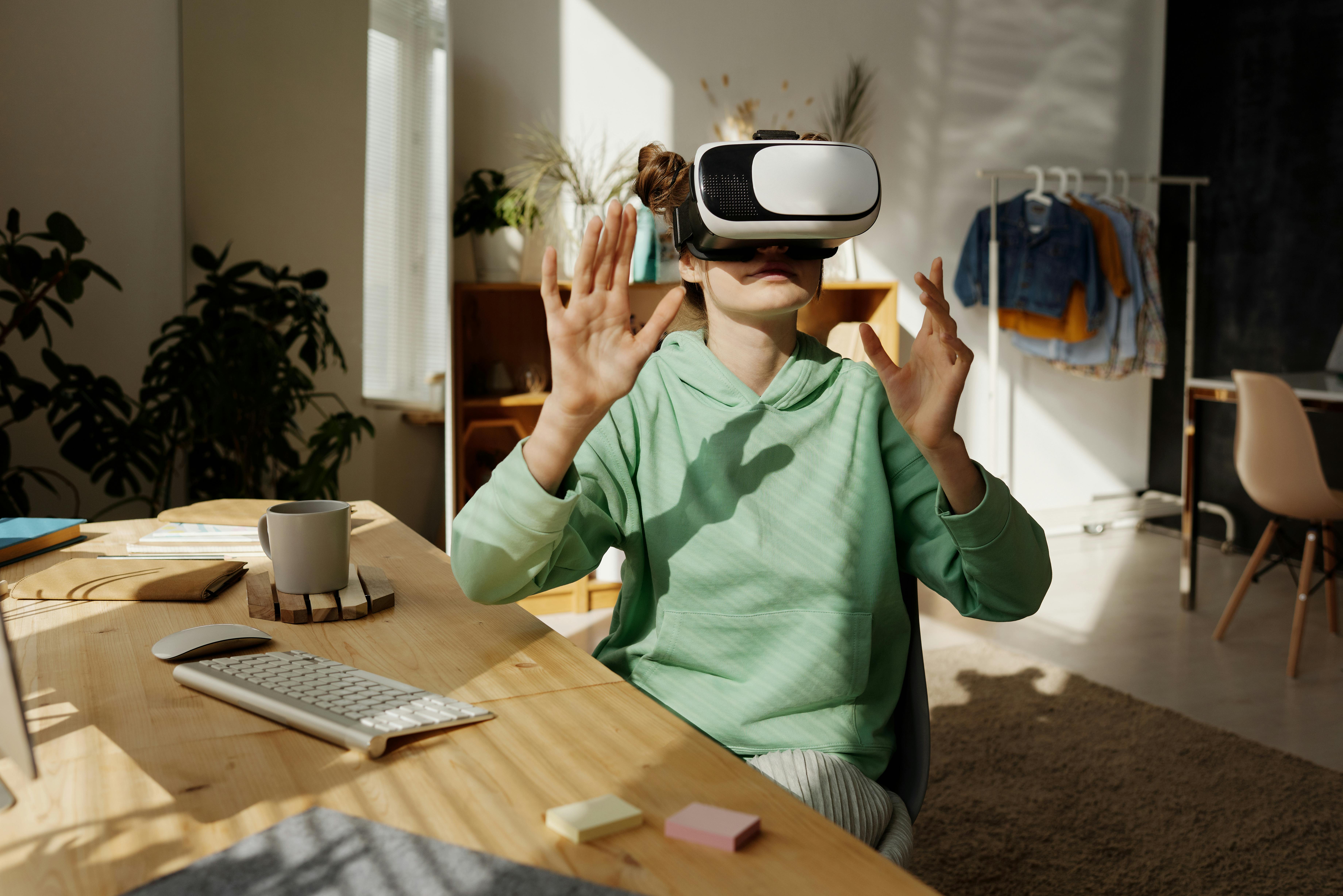"Bridging Real and Virtual: The Dawn of Extended Reality (XR)"
As we stand on the precipice of a new era in technology, we're witnessing the intertwining of the physical and digital realms like never before. The advent of Extended Reality (XR) is reshaping how we perceive and interact with the world around us. This article delves into the origin, developments, and the potential future of this groundbreaking technology.

Tracing the Roots of XR
XR is an umbrella term encompassing Virtual Reality (VR), Augmented Reality (AR), and Mixed Reality (MR). While VR immerses users in a fully digital environment, AR overlays digital elements onto the real world. MR, on the other hand, blends both, allowing users to interact with digital objects in their physical surroundings. The concept of XR dates back to the 1960s, with Morton Heilig’s Sensorama machine, widely considered the precursor to modern VR. Over the decades, advancements in computing power and miniaturization of electronics have propelled XR technologies from niche research labs to mainstream consumer devices.
The XR Landscape Today
Currently, XR is gaining significant traction across industries. Tech giants like Apple, Google, and Microsoft are investing heavily in XR research and development, striving to create more immersive user experiences. Microsoft’s HoloLens 2, for instance, has found applications in areas as diverse as manufacturing, healthcare, and education. On the other hand, Facebook’s Oculus Quest 2 VR headset has been making waves in the gaming industry, offering unparalleled immersion and interactivity.
The Financial Implications of XR
According to a report by Global Market Insights, the global XR market is estimated to surpass $465 billion by 2026. This growth is spurred by increasing demand in sectors like entertainment, retail, and real estate, where XR is being used for virtual tours, product demonstrations, and immersive storytelling. Moreover, the advent of 5G networks is expected to further boost the adoption of XR, enabling more seamless and real-time interactions between the physical and digital worlds.
The Future of XR: A New Dimension of Interaction
As we look ahead, the possibilities of XR are virtually limitless. From holographic meetings that transcend geographical boundaries to immersive virtual classrooms that revolutionize education, XR has the potential to redefine our daily lives. Furthermore, advancements in artificial intelligence and machine learning could further augment the capabilities of XR, creating more intelligent and responsive virtual environments.
However, like any other technology, XR also brings with it challenges. Issues related to privacy, data security, and health risks associated with prolonged use need to be addressed as we stride forward. Despite these hurdles, the promise and potential of XR remain undiminished, making it one of the most exciting frontiers in the tech world today.
In conclusion, as the lines between the real and virtual continue to blur, XR stands as a testament to the incredible leaps in technology we’ve witnessed. While we’re still exploring its full potential, one thing is clear: XR is not just about creating new realities—it’s about enhancing our own. It’s a new dawn in technology, and we’re just getting started.




